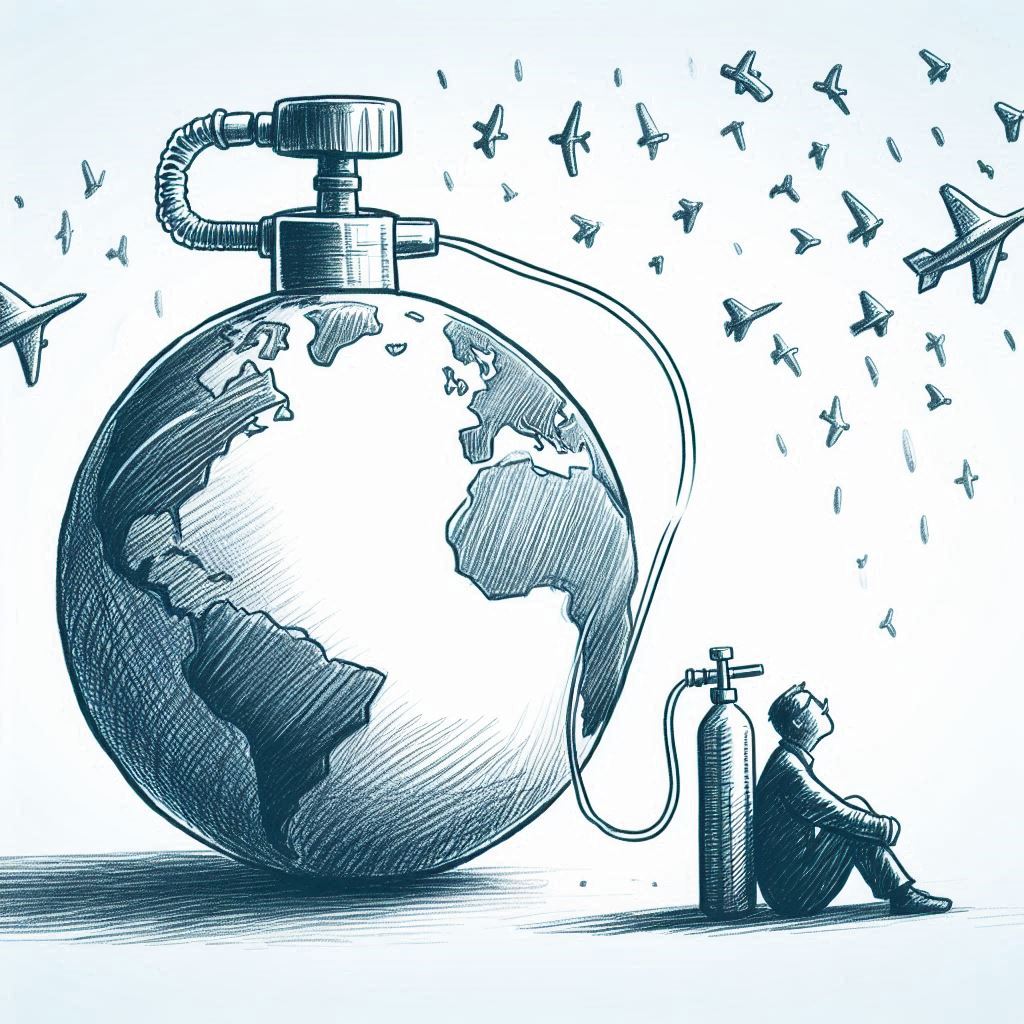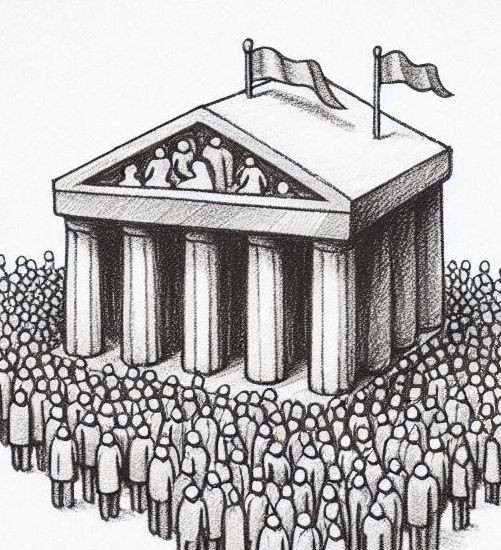Oxygen,a currency of survival,traded in whispers,trapped in tanks to sell and lust over;while the privileged breathe easy—their tanks full—,their lives untouchedby the weight of greed. Sirens wail, a breathlesscrowd waits,each exhale —a question,each inhale —a gamble. Faces paleunder fluorescent lights—the air thick with desperation,a mother cradles her child,counting breaths like coins,wondering if today will be […]
Breath of Transformation











